When assessing the metal powder market, it’s crucial to balance factors like growth and sales volume. Materials with smaller annual shipments may have higher growth rates. Moreover, different metals have varying densities; hence, tracking powder weight alone doesn’t paint the complete picture. For instance, a ton of aluminum powder occupies a much larger volume than a ton of steel.
To accurately compare the significance of metals to the overall 3D printing market, AMR devised a power ranking system. The total market share of each metal powder type in a given year, multiplied by the growth rate of the powder's shipment in the same year, is multiplied by
100 to create the initial ranking. This value is then divided by the sum of all ranking values in that year and normalized for cross-year comparisons.

Insights from AMR’s Latest Power Rankings
The latest AMR power ranking chart reveals intriguing trends:
- Titanium alloys hold a prominent position due to their high strength-to-weight ratio and corrosion resistance, making them crucial in additive manufacturing for aerospace and medical applications.
- Steel, with its versatility and consistent performance, lays the foundation for various industries.
- Nickel alloys are noted for their high-performance characteristics in extreme environments, becoming indispensable in sectors like aerospace and energy.
- Aluminum is increasingly popular, thanks to its lightweight and the push for more energy-efficient components in automotive and aerospace.
Other categories, such as cobalt-chromium alloys, refractory metals, and precious metals, although smaller in volume, show varying degrees of growth and market share, reflecting niche applications or emerging trends in additive manufacturing.
Predicting Future Trends This chart not only represents the current state of the additive manufacturing sector but also serves as a predictive tool for future trends. For example, metals with high growth rates but smaller production volumes might indicate emerging materials that, if their applications expand, could significantly impact the market. In summary, AMR's study provides valuable insights into the evolving landscape of metal usage in 3D printing, highlighting current trends and potential future shifts in the industry.
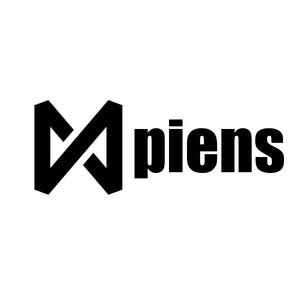

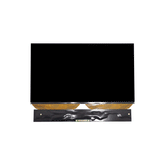
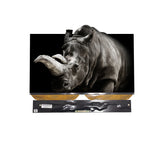
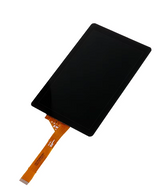
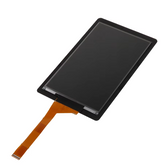
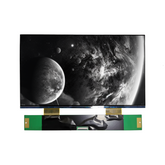
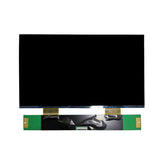




Leave a comment
Please note, comments need to be approved before they are published.